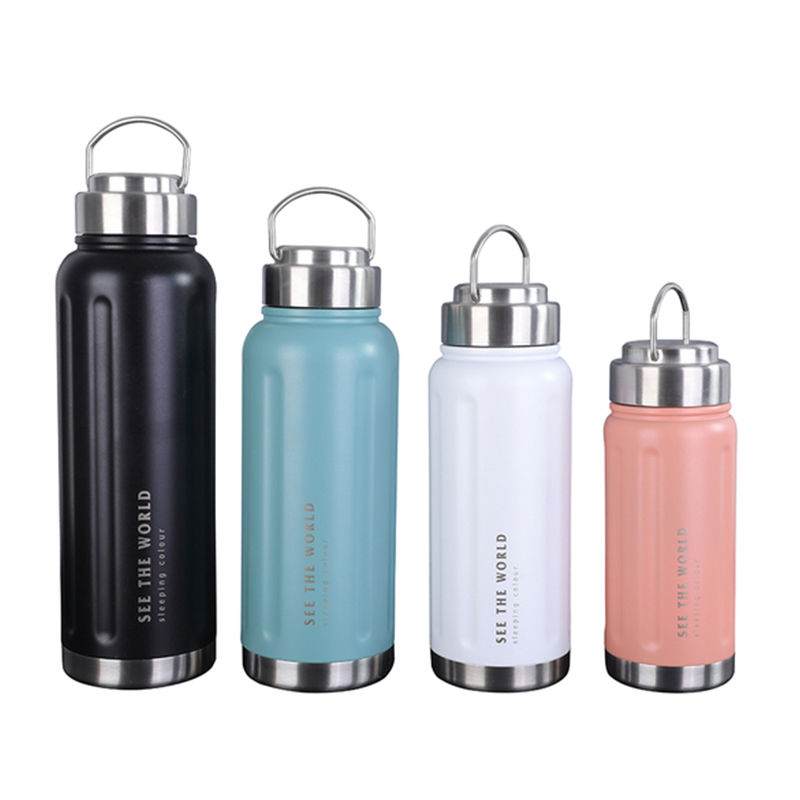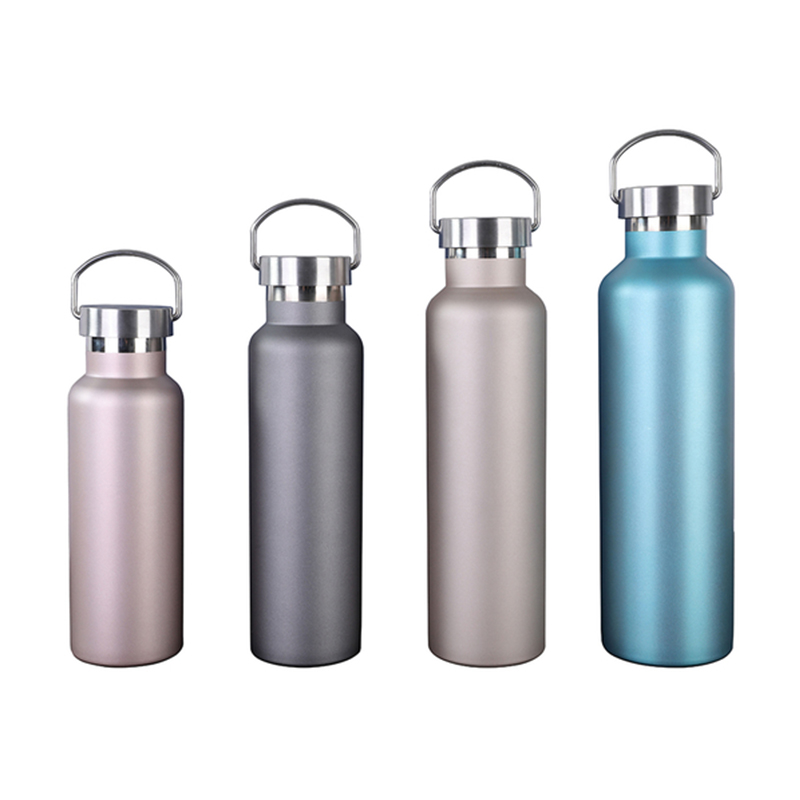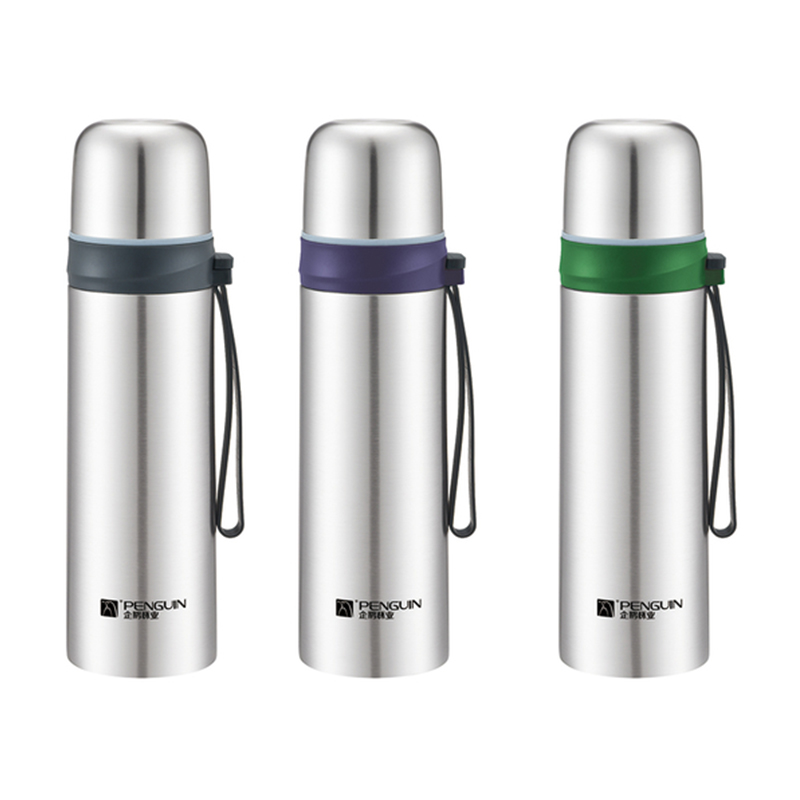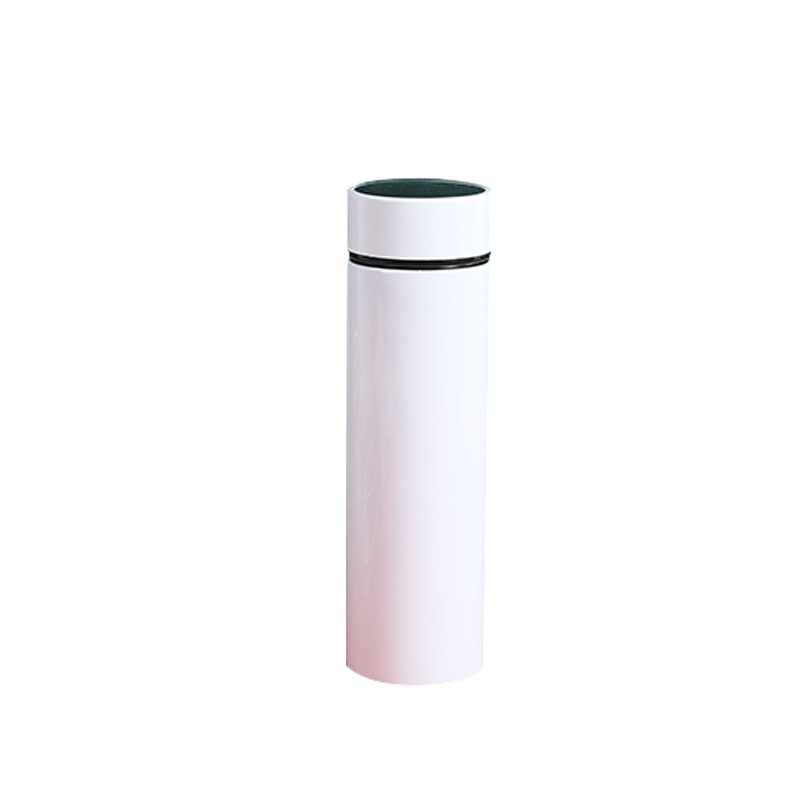The Selection of Healthy and Safe Water Bottles
2025-06-13
The material from which a water bottle is made significantly affects its health impact. Currently, the common materials used in manufacturing water bottles are plastic, stainless steel, and glass. Each has its advantages and points to consider.

a. BPA-Free Plastics
Plastic water bottles are lightweight and affordable, but not all are created equal. It is essential to select bottles labeled BPA-free. BPA, or bisphenol A, is a chemical previously used in many plastics and linked to potential health risks. Many reputable brands now avoid BPA and use alternatives such as Tritan, polypropylene, or polyethylene. These materials are generally considered safe, especially when used according to manufacturer guidelines (e.g., avoiding exposure to high heat).
b. Stainless Steel
Stainless steel bottles are known for their durability and ability to maintain beverage temperatures. Look for bottles made from food-grade stainless steel, such as 18/8 or 304 stainless steel. These grades resist corrosion and do not leach chemicals into the water. Double-wall insulated versions can keep drinks cold or hot for extended periods without compromising safety.
c. Glass
Glass bottles offer purity and do not retain flavors. Since they are non-reactive, they are ideal for people concerned about chemicals. The downside is their fragility, although many come with protective silicone sleeves to reduce the risk of breakage. Borosilicate glass is particularly durable and thermally stable, making it a preferred choice in higher-end glass bottles.
Beyond material, the physical design of the water bottle plays an important role in ensuring it is safe and easy to use.
Wide Mouth Openings: Bottles with wide mouths are easier to clean, reducing the buildup of bacteria or mold. They also allow users to add ice cubes or fruit for flavored hydration.
Leak-proof Lids: A secure seal prevents contamination and keeps bags and belongings safe from spills. Twist-on or flip-top lids with proper seals or gaskets are effective when manufactured well.
Built-in Straws or Spouts: These can be convenient, but they require regular cleaning. Bottles with removable straws or components are preferable for hygiene.
Dishwasher-Safe Components: Many people do not clean their bottles thoroughly due to inconvenience. Choosing a bottle that is top-rack dishwasher-safe makes regular cleaning more likely and effective.
For an added level of assurance, buyers can look for bottles that comply with international food safety standards. Certifications such as:
FDA (U.S. Food and Drug Administration) compliance
LFGB (German Food and Commodities Act)
CE or EU food contact approval
These indicate that the materials used have been tested and found safe for contact with food and beverages.
Healthy and safe water bottles also contribute to broader environmental health. Reusable bottles reduce single-use plastic waste, which is not only harmful to ecosystems but may also contribute to microplastic pollution — a growing concern for human health. Choosing a reusable bottle made from recyclable materials or from brands committed to environmental stewardship can support both personal and planetary health.
A water bottle's long-term safety is affected by how well it can be cleaned and maintained. Mold or bacteria can develop in areas that are hard to reach or cleaned, particularly in straws or around lids. Look for designs with removable parts, or use bottle brushes to ensure a thorough clean.
Frequent washing, drying, and proper storage are crucial habits. Some manufacturers also offer antimicrobial coatings, though these should not replace proper cleaning practices.



 English
English  日本語
日本語  Deutsch
Deutsch 


































